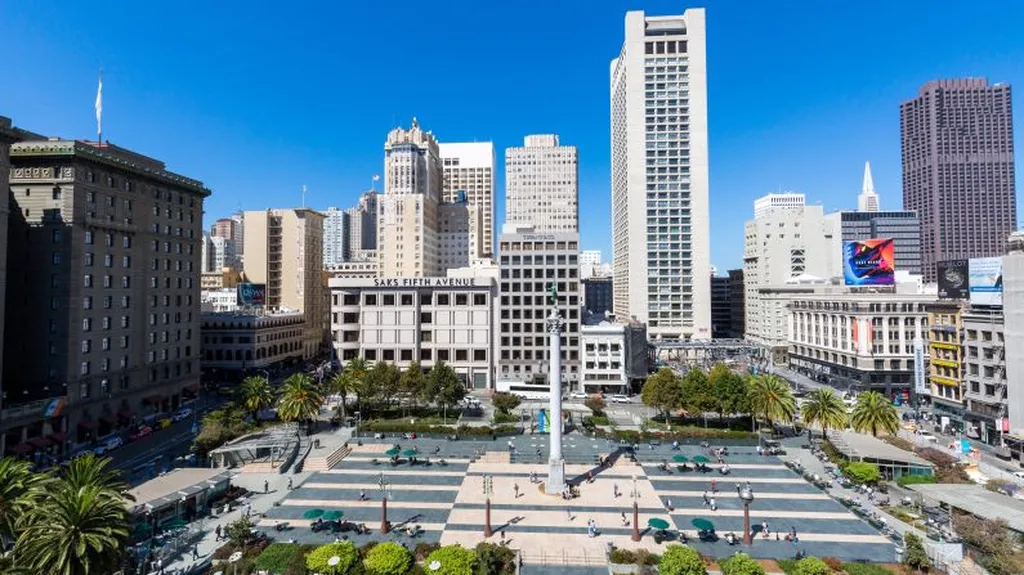In the heart of bustling cities, a new breed of urban oases is taking root, transforming abandoned infrastructure into vibrant green spaces. These High Line parks, inspired by the iconic project in New York, are more than just aesthetic enhancements; they represent a innovative approach to urban renewal that blends ecology, design, and economics. A recent study published in the *Journal of Asian Architecture and Building Engineering* (which translates to *Journal of Asian Architecture and Building Engineering*) delves into the origins, evolution, and future of these parks, offering insights that could reshape urban landscapes worldwide.
Led by Liu Fuying of Zhijiang College of Zhejiang University of Technology, the research provides a comprehensive overview of High Line parks, focusing on the three phases of New York’s High Line Park, which has become a global benchmark. “High Line parks are not just about greening urban spaces; they are about reimagining the potential of abandoned infrastructure,” Liu explains. This innovative model combines adaptive reuse with ecological and environmental enhancement, creating spaces that are both functional and aesthetically pleasing.
The study employs bibliometric analysis to identify trends and key themes in the development of High Line parks. It highlights the interdisciplinary contributions from landscape planning, design, management, and economics, emphasizing their collective role in shaping the High Line model. “The interdisciplinary nature of this research is crucial,” Liu notes. “It allows us to understand the multifaceted impacts of these parks and how they can be optimized for different urban contexts.”
One of the study’s significant contributions is the proposal of a framework for classifying design models based on the retention of original infrastructure. This framework identifies four distinct design approaches, offering a valuable tool for urban planners and designers. “By understanding these design models, we can better tailor High Line parks to the specific needs and characteristics of different cities,” Liu says.
The research also points to future directions for High Line park development. These include examining the role of community participation in mitigating green gentrification, modeling visitor perception and behavior using multimodal data, and assessing thermal comfort and health risks under compound environmental stressors. These areas of focus could significantly enhance the inclusivity and adaptability of High Line parks in diverse urban contexts.
For the energy sector, the implications are substantial. High Line parks can serve as models for integrating renewable energy solutions into urban landscapes. Solar panels, wind turbines, and other green technologies can be seamlessly incorporated into these spaces, contributing to the city’s energy mix while enhancing the park’s functionality. “The potential for energy integration is enormous,” Liu observes. “High Line parks can become hubs for sustainable energy solutions, further enhancing their value to urban communities.”
As cities worldwide grapple with the challenges of urbanization, High Line parks offer a promising solution. By transforming abandoned infrastructure into vibrant green spaces, they not only enhance the urban environment but also contribute to the city’s economic and social fabric. The research by Liu Fuying and her team provides a roadmap for future developments, highlighting the transformative potential of High Line parks and their role in shaping the cities of tomorrow.

